Mihika Dave
A Novel Progressive Multi-label Classifier for Classincremental Data
Sep 23, 2016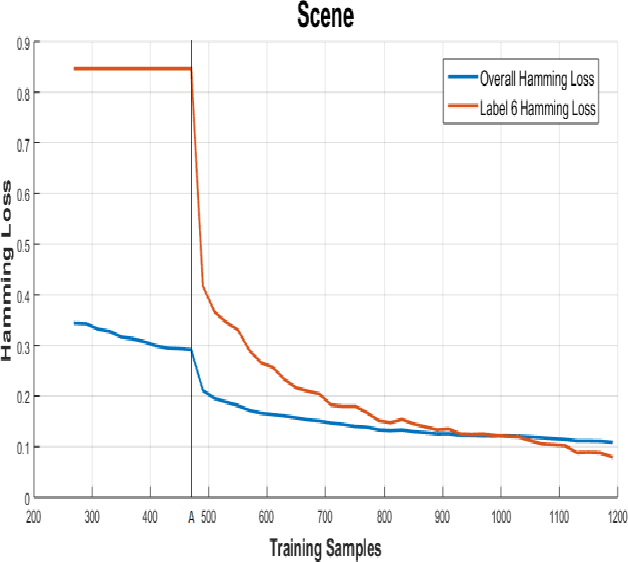

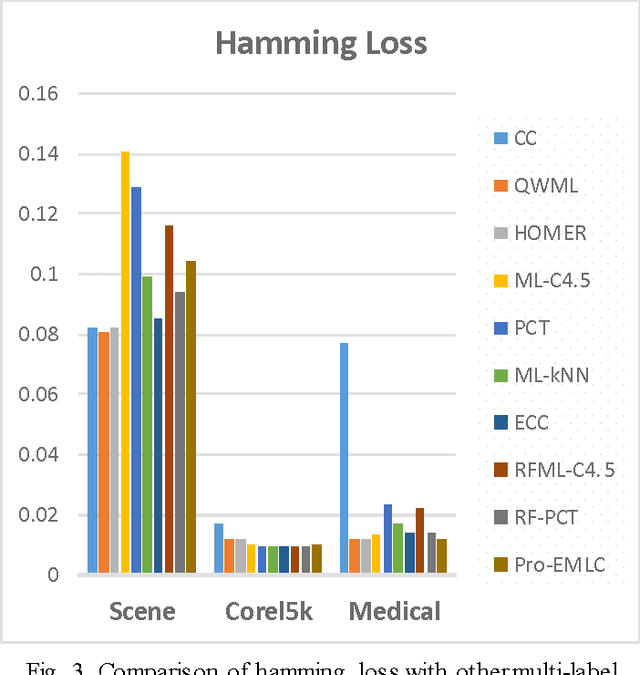
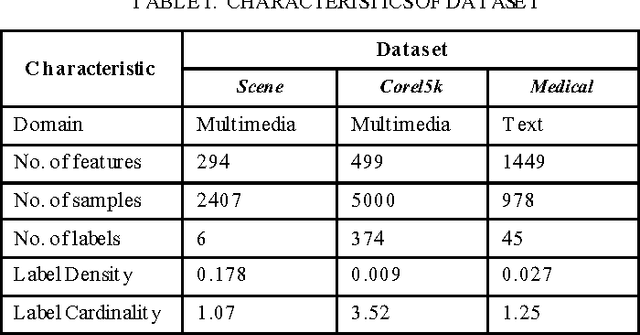
Abstract:In this paper, a progressive learning algorithm for multi-label classification to learn new labels while retaining the knowledge of previous labels is designed. New output neurons corresponding to new labels are added and the neural network connections and parameters are automatically restructured as if the label has been introduced from the beginning. This work is the first of the kind in multi-label classifier for class-incremental learning. It is useful for real-world applications such as robotics where streaming data are available and the number of labels is often unknown. Based on the Extreme Learning Machine framework, a novel universal classifier with plug and play capabilities for progressive multi-label classification is developed. Experimental results on various benchmark synthetic and real datasets validate the efficiency and effectiveness of our proposed algorithm.
A novel online multi-label classifier for high-speed streaming data applications
Sep 01, 2016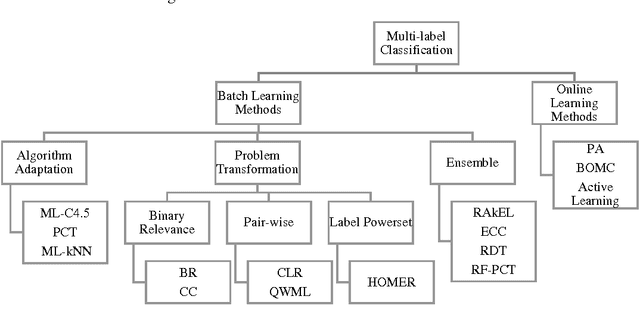
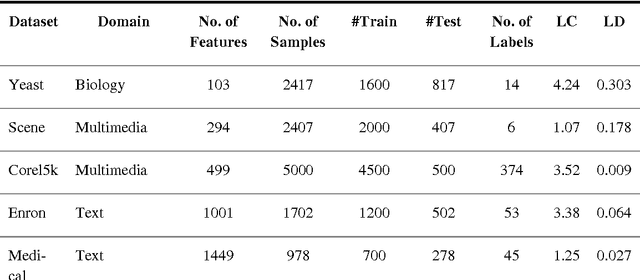
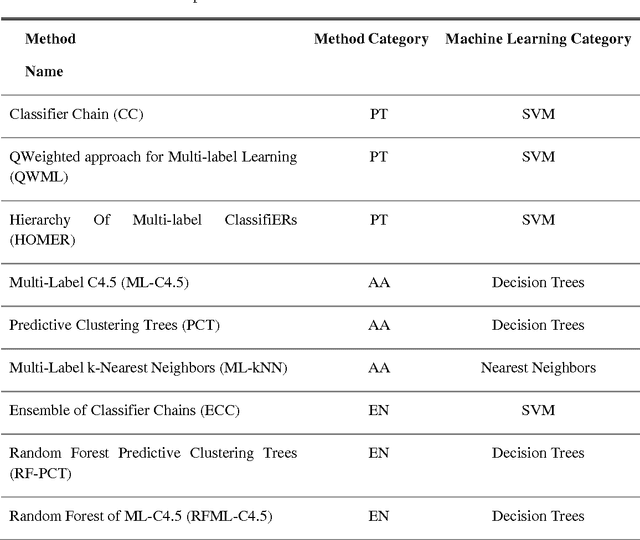
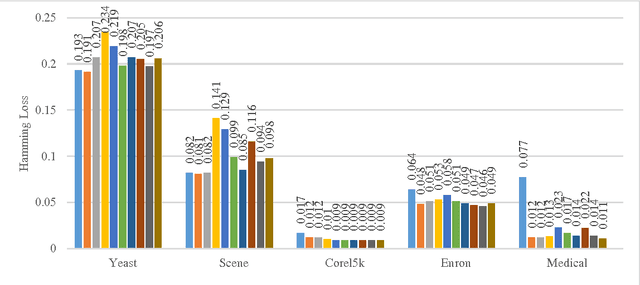
Abstract:In this paper, a high-speed online neural network classifier based on extreme learning machines for multi-label classification is proposed. In multi-label classification, each of the input data sample belongs to one or more than one of the target labels. The traditional binary and multi-class classification where each sample belongs to only one target class forms the subset of multi-label classification. Multi-label classification problems are far more complex than binary and multi-class classification problems, as both the number of target labels and each of the target labels corresponding to each of the input samples are to be identified. The proposed work exploits the high-speed nature of the extreme learning machines to achieve real-time multi-label classification of streaming data. A new threshold-based online sequential learning algorithm is proposed for high speed and streaming data classification of multi-label problems. The proposed method is experimented with six different datasets from different application domains such as multimedia, text, and biology. The hamming loss, accuracy, training time and testing time of the proposed technique is compared with nine different state-of-the-art methods. Experimental studies shows that the proposed technique outperforms the existing multi-label classifiers in terms of performance and speed.
 Add to Chrome
Add to Chrome Add to Firefox
Add to Firefox Add to Edge
Add to Edge